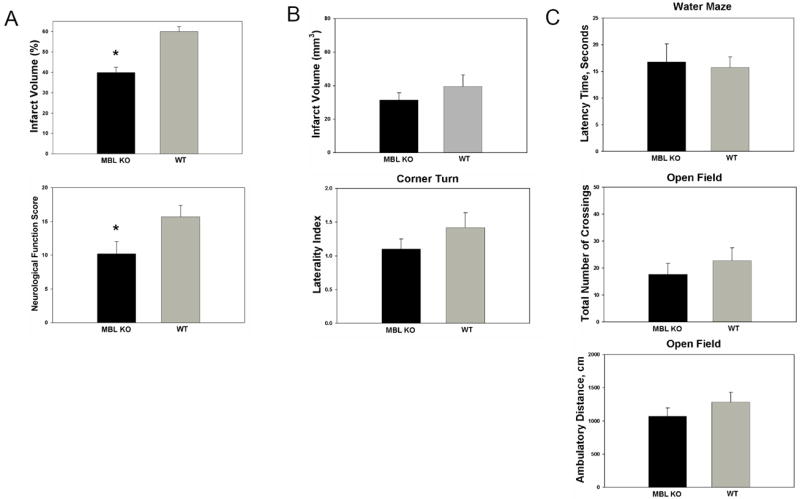Figure 7. Genetic deletion of MBL confers robust neuroprotection following transient cerebral ischemia, but this effect is not sustained when evaluated at 7 days.

(A) At 24 hours, MBL-null mice demonstrate significant improvement in both infarct volume[39.9±2.5%(n=14) vs. 60.0±2.4%(n=15); p=0.004] and neurological function[10.2±1.8(n=19) vs. 15.7±1.7(n=18); *p=0.01]. (B) At 7 days, infarct volume, determined by analysis of H&E stained sections [31.4±4.3mm3(n=12) vs. 39.5±6.9mm3(n=10), p=0.54] and neurological function, assessed by the corner-turn test[Corner-Turn(Laterality Index): 1.10±0.15(n=12) vs. 1.42±0.22(n=10), p=0.25] were not improved in MBL-KO mice. (C) The early functional improvement associated with genetic MBL-deletion was not sustained on any of the tests employed at 7 days, including the Water-Maze(Latency Time, sec)[16.8±3.3(n=11) vs. 15.7±2.0(n=9), p=0.78], Open-Field(Number of crossings)[17.7±3.7(n=12) vs. 22.8±4.7(n=10), p=0.40], or Open-Field(Ambulatory distance)[1070.2± 126.2(n=12) vs. 1282.6±151.0(n=10), p=0.25] tests.
